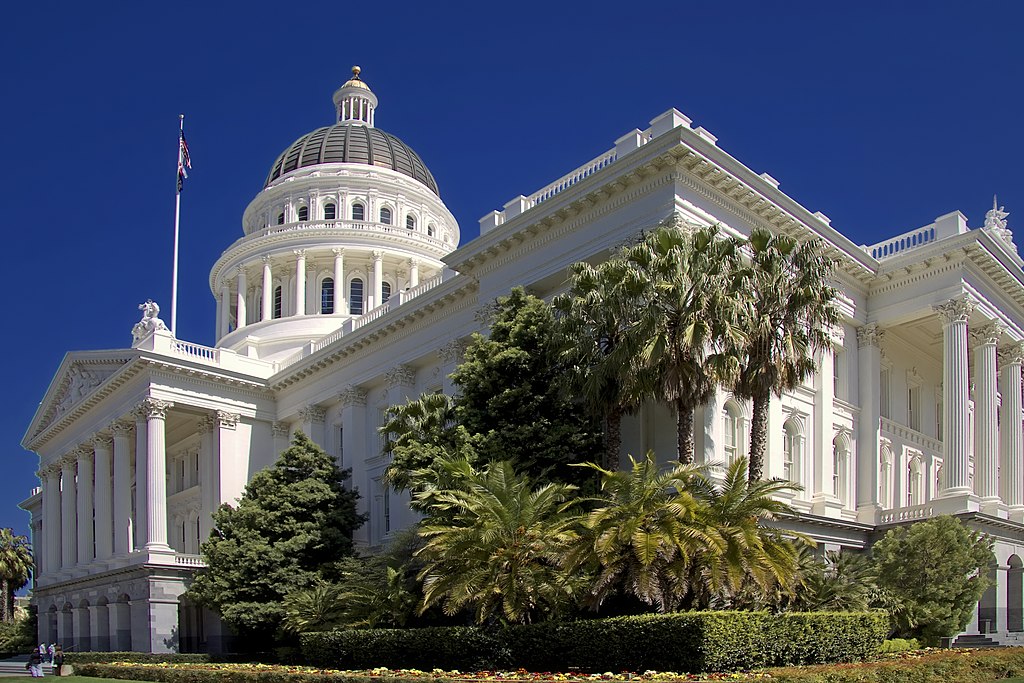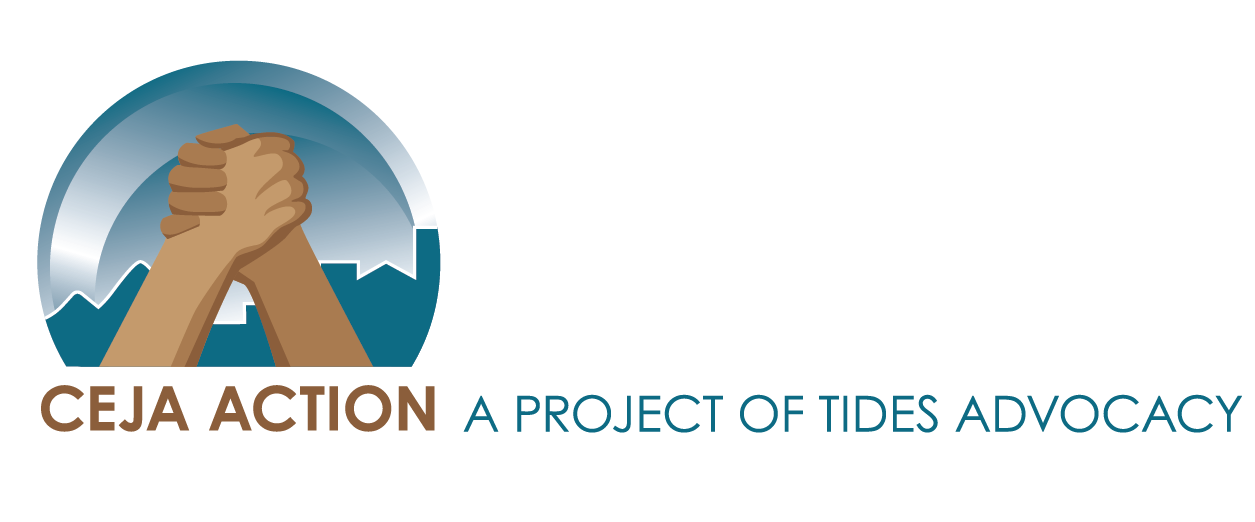
After a busy policy committee season, the California Environmental Justice Alliance (CEJA) Action is excited to share our 2023 legislative priorities. As always when looking at policy to support, we focused on bills that would materially advance environmental justice for our frontline community members – the people who most often bear the toxic consequences of California’s extractive economy.
These interests represents the diverse work of our alliance, and the bills we are closely watching ahead of the Appropriations hearings.
Current Environmental Justice Watch Bills
- SB 709 (Allen)
- WHAT IT DOES: This bill institutes a number of reforms to the Low Carbon Fuel Standard to increase transparency and address the perverse incentives that lead to dairy expansions and increased emissions.
- WHY WE LIKE IT: If passed, this bill will ensure that the systems by which the state is managing dairy methane emissions actually result in decreased emissions, as well as benefits to local air quality. Our state’s emission strategies should not continue to ask environmentally oppressed communities to continue to bear the brunt of industrial pollution.
- SB 3 (Dodd)
- WHAT IT DOES: This bill extends protections in the Water Protection Shutoff Act to small community water systems.
- WHY WE LIKE IT: Despite the risk to public health, water systems have shut off water for nonpayment far too often in California, a practice that disproportionately impacts BIPOC households. This bill ensures the protections created for larger water systems in 2018 apply to smaller systems.
- SB 556 (Gonzalez)
- WHAT IT DOES: This bills holds the oil and gas industry accountable by creating a liability presumption for a respiratory ailment in a senior or child, a preterm birth or high-risk pregnancy suffered by a pregnant person, and cancer diagnosed persons if they resided within a specified proximity of gas production facility or oil well head. These are known as health protective zones.
- WHY WE LIKE IT: An ever-growing amount of research affirms the negative health impacts associated with living in close proximity to oil wells. But impacted communities currently have little recourse to hold the oil and gas industry accountable. This bill will provide long deserved and demanded accountability for these harms.
- SB 674 (Gonzalez)
- WHAT IT DOES: This bill creates a statewide standard for refinery fence-line monitoring to ensure that noxious pollutants are accurately measured.
- WHY WE LIKE IT: Research has shown many documented health risks for fence-line communities including increased risk of asthma, cancers, birth defects,neurological, and cardiovascular damage among other conditions. These risks are amplified the closer a person lives to a refinery.
- SB 1167 (Carrillo)
- WHAT IT DOES: This bill ensures that onshore wells cannot be transferred to another operator unless that transferee files a bond in the amount of the actual cost of clean up.
- WHY WE LIKE IT: As California’s oil production declines, oil well owners are selling the wells to companies who are increasingly less likely to be in a financial position to complete the required cleanup of those wells. Currently, taxpayers are stuck with the bill.
- SB 253 (Wiener)
- WHAT IT DOES: This bill requires corporations with gross revenues of $1 billion to report their full GHG emissions.
- WHY WE LIKE IT: By requiring reporting of both direct emissions from these corporations and any emissions produced from their supply chains and other indirect emissions, SB 253 creates the data infrastructure to drive down corporate carbon emissions.
- SB 1045 (Hart)
- WHAT IT DOES: This bill expands DTSC’s noticing requirements for hazardous waste facilities beyond traditional print, depending on community surveys.
- WHY WE LIKE IT: Expanding methods of communication with communities will help DTSC effectively engage the public in their decision making and ensure that communities have a voice in projects that directly affect their health.
- SB 69 (Cortese)
- WHAT IT DOES: This bill would extend the statute of limitations for CEQA cases when an agency fails to provide a copy of the Notice of Determination (NOD) required by PRC 21167(f).
- WHY WE LIKE IT: This would fix a problem created by a recent court of appeal decision that held that there was no recourse if an agency failed to provide notice of the NOD, even if requested in writing under PRC 21167f.
- SB 567 (Durazo)
- WHAT IT DOES: This bill protects renters from unjust evictions and exorbitant rent increases.
- WHY WE LIKE IT: Evictions and rent increases cause homelessness. More needs to be done to help renters stay in their homes. This bill fills critical gaps in existing protections to provide more stability to renters in California.
- SB 225 (Caballero)
- WHAT IT DOES: This bill establishes the Community Anti-Displacement and Preservation Program for purposes of funding the acquisition and rehabilitation of unrestricted housing units, as defined, and attaching long-term affordability restrictions on the housing units, while safeguarding against the displacement of current residents.
- WHY WE LIKE IT: To address the state’s affordable housing crisis, we need to invest and expand in real solutions. Acquisition and preservation of unsubsidized affordable housing has proven to be successful at the local level, and this bill will bring this solution to scale.
- SB 555 (Wahab)
- WHAT IT DOES: This bill would define social housing; set 5- and 10-year goals for the creation of below-market rate social housing units, with an emphasis on the lowest-income residents; create a Social Housing Fund; and charge the Department of Housing and Community Development with developing a plan, with Legislative recommendations, to achieve the state’s social housing goals, both through acquisition and preservation of existing housing and production of new social housing.
- WHY WE LIKE IT: As our housing crisis continues, the state needs to explore all strategies for its speedy resolution. Social housing is the best solution, sheltered from market forces and worthy of investment.
- SB 227 ( Durazo)
- WHAT IT DOES: This bill establishes, until January 1, 2027, the Excluded Workers Program (EWP), administered by the Employment Development Department and upon appropriation by the Legislature of sufficient funds to carry out the program, for the purpose of providing income assistance to excluded (undocumented) workers who are ineligible for the state or federal benefits administered by EDD and who are unemployed.
- WHY WE LIKE IT: Safety net programs like unemployment benefits provide key protections to vulnerable workers. Expanding these benefits to undocumented workers makes sure that all Californians can benefit from these protections.
- AB 421 (Bryan)
- WHAT IT DOES: This bill reforms California’s referendum process.
- WHY WE LIKE IT: Big tobacco companies, oil companies, fast food companies, and plastic manufacturers have all utilized the referendum process in recent years in efforts to block progress that protects working people, improves our health, or limits harmful pollution.
- AB 652 (Lee)
- WHAT IT DOES: This bill creates an Environmental Justice Advisory Committee at the Department of Pesticide Reform (DPR).
- WHY WE LIKE IT: DPR has a long history of aligning and adopting agricultural industry positions on issues with key impacts to environmental justice communities. Creating an environmental justice specific committee will create transparency and accountability for environmental justice communities.
Two-Year Environmental Justice Watch Bills
- AB 1000 (Reyes)
- WHAT IT DOES: This bill prohibits local governments from siting a warehouse of 100,000 or more square feet within 1,000 feet of a sensitive receptor, like schools or daycare centers. A warehouse may be sited within 750 feet of a sensitive receptor if specific mitigation measures are taken.
- WHY WE LIKE IT: The proliferation of warehouses in the Inland Empire comes with enormous truck traffic, generating approximately 600,000 truck trips a day – an equivalent to 50 million pounds of carbon dioxide. The diesel exhaust from logistics has contributed to toxic air quality in San Bernardino County, which according to the American Lung Association has the worst ozone levels in the United States.
- SB 57 (Gonzalez)
- WHAT IT DOES: This bill prevents utility shut offs during extreme weather events.
- WHY WE LIKE IT: As weather patterns become increasingly erratic and extreme due to the climate crisis, it is critical that environmentally oppressed communities are able to maintain safe indoor air temperatures.
